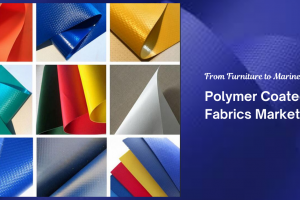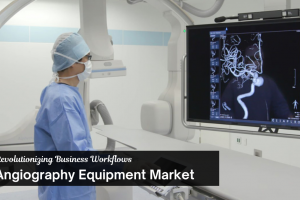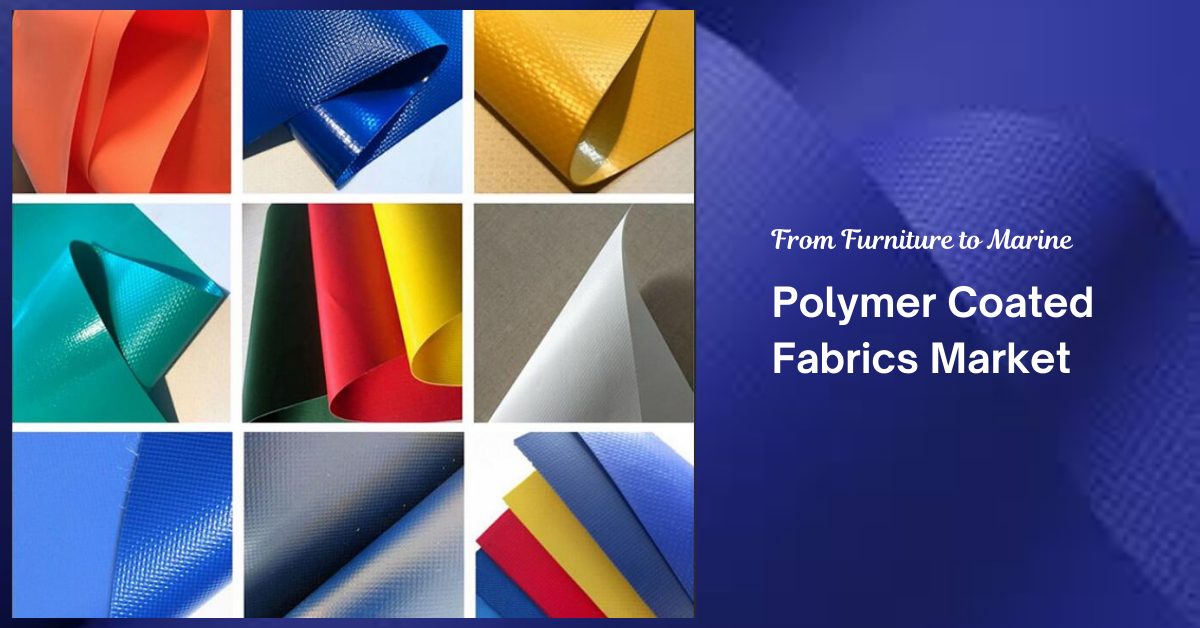The latest market report published by Credence Research, Inc. “Global Synthetic Bone Graft Substitutes Market: Growth, Future Prospects, and Competitive Analysis, 2022 – 2030. The global demand for Synthetic Bone Graft Substitutes was valued at USD 1.1 Billion in 2022 and is expected to reach USD 1.74 Billion in 2030, growing at a CAGR of 6.80% between 2023 and 2030.
Synthetic Bone Graft Substitutes Market pertains to the medical industry’s focus on developing and supplying synthetic materials that can serve as substitutes for traditional bone grafts in various medical procedures. Bone grafting is a common procedure used to repair bone defects, promote bone growth, and facilitate the healing process in cases of fractures, bone loss, spinal fusion surgeries, and orthopedic treatments. Synthetic bone graft substitutes offer several advantages over traditional methods, including reduced risk of disease transmission and availability of customizable materials with predictable properties.
Key Components and Types of Synthetic Bone Graft Substitutes:
Ceramics: Synthetic ceramics, such as calcium phosphate-based materials (hydroxyapatite and tricalcium phosphate), closely resemble the mineral component of natural bone. They provide a scaffold for new bone growth and are gradually replaced by the patient’s own bone tissue.
Polymers: Biodegradable synthetic polymers, like polylactic acid (PLA) and polyglycolic acid (PGA), are used to create porous scaffolds that promote bone cell attachment and growth. These materials eventually degrade, leaving behind new bone tissue.
Calcium Sulfate: Calcium sulfate-based materials provide temporary support while promoting bone healing. They are often used in procedures where the goal is to facilitate bone regeneration without leaving a permanent implant.
Composite Materials: These are combinations of various synthetic materials, such as ceramics and polymers, to provide a balance of mechanical support and biocompatibility.
Growth Factors: Some synthetic bone graft substitutes are combined with growth factors to enhance bone regeneration by stimulating the body’s natural healing processes.
List of the prominent players-
- AlloSource
- Baxter
- DePuy Synthes
- Medtronic
- NuVasive, Inc.
- Orthofix Medical, Inc.
- Smith + Nephew
- Stryker.
- OST Laboratories
- Zimmer Biomet
- Geistlich Pharma AG
- TBF
- Biobank
Synthetic Bone Graft Substitutes Market exhibits varying trends and dynamics across different regions globally. Regional analysis of this market provides insights into the factors influencing demand, adoption, regulatory landscape, and market growth in specific geographic areas.
Here’s an overview of the regional analysis of the Synthetic Bone Graft Substitutes Market:
North America:
North America has a mature healthcare infrastructure and is a key market for synthetic bone graft substitutes. Factors such as a large aging population, high prevalence of bone-related conditions, and advanced medical technologies drive the demand for these substitutes. The region also has a strong presence of medical device manufacturers and research institutions, contributing to ongoing innovation in the field. Regulatory agencies like the FDA (U.S. Food and Drug Administration) play a crucial role in product approvals and shaping market dynamics.
Europe:
Europe is another significant market for synthetic bone graft substitutes. The region’s well-established healthcare systems, increasing awareness of advanced medical treatments, and emphasis on research and innovation contribute to market growth. Collaboration between academic institutions, hospitals, and manufacturers drives the development of new products. Regulatory bodies like the European Medicines Agency (EMA) and national health authorities influence product approvals and market entry.
Asia Pacific:
The Asia Pacific region is experiencing rapid growth in the healthcare sector, attributed to rising healthcare expenditure, increasing access to medical treatments, and a growing middle class. Countries like China and India are witnessing higher adoption of synthetic bone graft substitutes due to the prevalence of orthopedic surgeries and trauma cases. However, market dynamics can vary across countries with differing regulatory frameworks and healthcare systems.
Latin America:
Latin America presents opportunities for market growth due to improving healthcare infrastructure and increasing investments in medical technologies. The region’s large population and the incidence of trauma-related injuries contribute to demand for bone graft substitutes. Regulatory processes and market penetration can vary by country, affecting the pace of market expansion.
Middle East and Africa:
The Middle East and Africa region is seeing investments in healthcare infrastructure and advancements in medical treatments. The demand for synthetic bone graft substitutes is influenced by factors such as population growth, an increase in chronic conditions, and medical tourism in certain countries. Variations in healthcare accessibility, regulatory environments, and economic conditions impact market dynamics.
Global Factors Impacting Regional Dynamics:
Technological Advances: Regions with strong research and development capabilities tend to lead in innovation and market adoption of advanced synthetic bone graft substitutes.
Demographics: The prevalence of aging populations and associated bone-related conditions can drive demand for bone grafting procedures and related products.
Healthcare Infrastructure: Well-established healthcare systems with access to advanced medical treatments tend to foster higher adoption of synthetic bone graft substitutes.
Regulatory Landscape: Regulatory agencies play a crucial role in product approvals and market entry, shaping market dynamics and adoption rates.
Economic Conditions: Economic factors, including healthcare spending, insurance coverage, and disposable income, influence market growth and adoption rates.
Disease Patterns: The prevalence of conditions like osteoporosis, fractures, and orthopedic surgeries in specific regions affects the demand for bone graft substitutes.
Cultural and Ethical Factors: Cultural attitudes towards medical treatments and surgery can impact the acceptance of synthetic bone graft substitutes.
Browse 180 pages report Synthetic Bone Graft Substitutes Market By Material (Wood, Plastic, Paper) By Application (Children, Adults) – Growth, Future Prospects & Competitive Analysis, 2016 – 2030)- https://www.credenceresearch.com/report/synthetic-bone-graft-substitutes-market
Synthetic Bone Graft Substitutes Market Dynamics-
Synthetic Bone Graft Substitutes Market are shaped by a complex interplay of various factors that impact its growth, trends, and overall trajectory. These dynamics encompass technological advancements, market demand, regulatory considerations, competitive landscape, and collaborations within the medical and healthcare industry. Gaining insights into these dynamics is essential for stakeholders seeking to navigate this market effectively.
Here’s a comprehensive look at the key dynamics driving the Synthetic Bone Graft Substitutes Market:
Technological Advancements: Ongoing innovations in material science, biotechnology, and medical research are pivotal in driving the development of advanced synthetic bone graft substitutes. The introduction of novel materials with enhanced biocompatibility, structural integrity, and osteoinductive properties contributes to the market’s evolution.
Rising Prevalence of Bone-related Conditions: The increasing incidence of bone fractures, degenerative bone diseases, and conditions like osteoporosis is driving the demand for synthetic bone graft substitutes. As the aging population grows and lifestyles change, the need for effective bone healing solutions is on the rise
Orthopedic Procedures and Surgeries: Synthetic bone graft substitutes find extensive use in orthopedic surgeries such as joint replacements, spinal fusions, and trauma treatments. The growth of these procedures directly influences the demand for bone graft substitutes as a means to promote bone healing and fusion.
Regulatory Landscape: Regulatory agencies such as the FDA, EMA, and regional health authorities play a critical role in approving and ensuring the safety of synthetic bone graft substitutes. Stringent regulations influence product development, testing, and market access, shaping the industry’s standards and practices.
Market Competition and Innovation: The competitive landscape drives innovation as companies strive to develop differentiated and effective synthetic bone graft substitutes. R&D efforts focus on creating materials with improved biocompatibility, mechanical properties, and bioactivity.
Healthcare Infrastructure: Regions with well-established healthcare systems and access to advanced medical treatments tend to witness higher adoption of synthetic bone graft substitutes. Robust healthcare infrastructure contributes to the availability and acceptance of these advanced medical technologies.
Economic Factors: Economic conditions, healthcare spending, insurance coverage, and disposable income levels influence the affordability and accessibility of synthetic bone graft substitutes. Economic growth in regions often corresponds to increased adoption rates.
Benefits of Synthetic Bone Graft Substitutes:
- Reduced Disease Transmission Risk: Unlike traditional bone grafts sourced from donors, synthetic substitutes eliminate the risk of disease transmission and immune rejection.
- Predictable Properties: Synthetic grafts can be manufactured with consistent properties, allowing surgeons to select materials tailored to the patient’s specific needs.
- Availability: Synthetic materials can be produced in large quantities, reducing the need to rely on limited donor supply.
- Customization: The properties of synthetic grafts can be adjusted to match the mechanical and biological requirements of different procedures.
- Rapid Incorporation: Some synthetic materials facilitate faster bone healing by providing a scaffold for bone growth and promoting cell attachment.
Market Trends and Outlook:
The Synthetic Bone Graft Substitutes Market has been growing due to advancements in materials science, increased awareness of the benefits of synthetic grafts, and the rising prevalence of bone-related conditions.
Key trends and factors influencing the market include:
Technological Advancements: Ongoing research and development efforts are leading to the creation of innovative synthetic materials that closely mimic the structure and properties of natural bone.
Orthopedic Surgeries: The increasing number of orthopedic surgeries, such as joint replacements and spinal fusion procedures, is driving the demand for synthetic bone graft substitutes to aid in bone healing and fusion.
Aging Population: As the global population ages, the incidence of conditions like osteoporosis and fractures is rising, increasing the demand for bone grafting procedures and related products.
Regulatory Approvals: The approval and adoption of new synthetic bone graft substitute materials by regulatory authorities contribute to market growth.
Medical Tourism: The popularity of medical tourism and access to advanced medical treatments are expanding the market’s reach in various regions.
Collaborative Research: Collaboration between medical device manufacturers, researchers, and medical professionals is leading to the development of improved synthetic graft materials.
Patient Preferences: Patients are increasingly interested in treatment options that offer faster recovery and reduced risk, which can drive demand for synthetic graft substitutes.
Cost-effectiveness: Synthetic graft substitutes may offer cost benefits compared to traditional bone grafts due to reduced risks, shorter hospital stays, and less invasive procedures.
Why to Buy This Report-
- The report provides a qualitative as well as quantitative analysis of the global Synthetic Bone Graft Substitutes Market by segments, current trends, drivers, restraints, opportunities, challenges, and market dynamics with the historical period from 2016-2020, the base year- 2021, and the projection period 2022-2028.
- The report includes information on the competitive landscape, such as how the market’s top competitors operate at the global, regional, and country levels.
- Major nations in each region with their import/export statistics
- The global Synthetic Bone Graft Substitutes Market report also includes the analysis of the market at a global, regional, and country-level along with key market trends, major players analysis, market growth strategies, and key application areas.
Browse Full Report: https://www.credenceresearch.com/report/synthetic-bone-graft-substitutes-market
Visit: https://www.credenceresearch.com/
Related Report: https://www.credenceresearch.com/report/automated-and-rapid-microbiological-tests-market
Related Report: https://www.credenceresearch.com/report/remote-patient-monitoring-devices-market
Browse Our Blog: https://www.linkedin.com/pulse/synthetic-bone-graft-substitutes-market-size-forecasted-singh
About Us –
Credence Research is a viable intelligence and market research platform that provides quantitative B2B research to more than 10,000 clients worldwide and is built on the Give principle. The company is a market research and consulting firm serving governments, non-legislative associations, non-profit organizations, and various organizations worldwide. We help our clients improve their execution in a lasting way and understand their most imperative objectives. For nearly a century, we’ve built a company well-prepared for this task.
Contact Us:
Office No 3 Second Floor, Abhilasha Bhawan, Pinto Park, Gwalior [M.P] 474005 India







